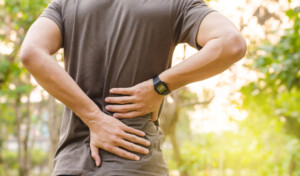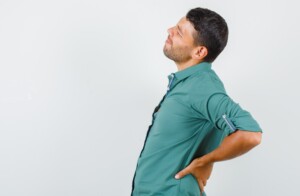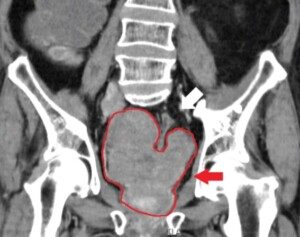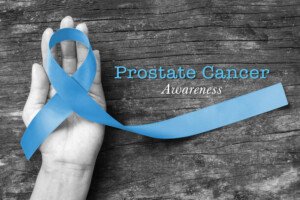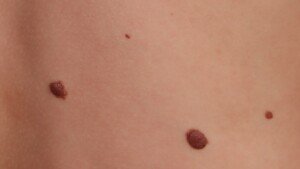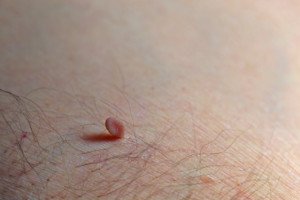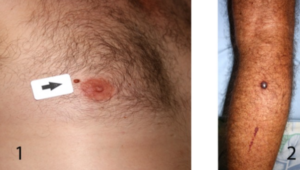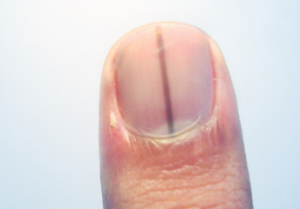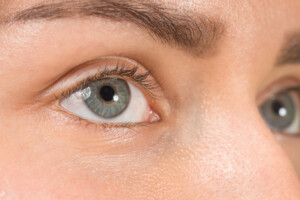You’ve heard of the “sitting disease” — aka “the new smoking.” Excessive sitting can harm your heart and cause other health problems.
Two popular beverages have been shown to fight the negative effects of too much sitting time.
University of Birmingham researchers found that foods rich in flavanols —like tea, berries, apples and even cocoa — might help protect men’s blood vessels from the usual dip in function that happens during long stretches of sitting.
Young adults average around six hours a day planted in chairs, and all that time off our feet isn’t great for circulation. Middle agers and older people, as well, spend too much time seated.
Earlier studies have shown that even a tiny one percent drop in blood vessel function, something measured through a method called brachial flow-mediated dilatation, is tied to a noticeably higher risk of heart attack and stroke.
So scientists wanted to know whether certain foods might help soften that impact.
What Flavanols Actually Do
Flavanols are naturally occurring plant compounds found in tea, cocoa beans, nuts and various fruits.
They’ve already been linked to heart benefits, especially when the body is under stress.
The study, published in the Journal of Physiology (2025), dug deeper into whether these compounds could specifically help when someone is sitting for long, uninterrupted periods on a recurring basis.
Why Sitting Stresses the Body: the Chair Disease
Dr. Catarina Rendeiro, the study’s lead author, explains that whether we’re at a desk, behind the wheel or on the couch, sitting puts a surprising amount of stress on the body.
Prolonged sitting has been tied to all sorts of issues such as chronic low back pain, blood clots, weight gain, insomnia and of course, cardiovascular ailments.
How the Researchers Tested Flavanols
To test whether flavanols make any difference, the team had 40 young men take part in a two-hour sitting session. Half were more physically fit, half were less fit.
Each participant drank either a high-flavanol cocoa beverage or a very low-flavanol version before sitting.
The difference between the two drinks was notable: 695 milligrams of flavanols versus just 5.6 milligrams.
Women weren’t included this time because hormonal shifts during the menstrual cycle might change how the body reacts to flavanols.
The researchers say that’s something they want to explore in future work.
What Happened After Two Hours of Sitting
Before and after the sitting session, the team measured artery function, blood pressure, blood flow and leg muscle oxygen levels.
The men who drank the low-flavanol cocoa showed clear declines.
Their arteries didn’t function as well, their diastolic blood pressure went up, and blood flow dropped.
These changes happened no matter how fit they were.
But the men who drank the high-flavanol cocoa? Their artery function didn’t drop at all.
Sitting didn’t cause the same vascular dip, even though they stayed seated just as long.
This is the first study to show that flavanols can actually prevent sitting-related blood vessel dysfunction in healthy young men.
Though the target subjects were young men, this doesn’t mean we should assume that excessive time on your can can’t harm blood vessels if you’re a woman or of older age.
The fact that this dysfunction occurred in young fit adults is quite the eye opener.
Making Flavanols Part of Daily Habits

Freepik
Cocoa products that keep their flavanol content intact are on the menu.
But this doesn’t mean dig into the Hostess cupcakes, grocery store donuts or chocolate malt balls at a candy store.
Choose your cocoa wisely. So for hot chocolate, you’ll want to drink the least processed form.
That means stay away from the chocolate milk powder whose mascot is that familiar rabbit.
Black or green tea can be just as effective. In addition you can eat berries, apples, plums or nuts.
Flavenols Don’t Mean Go Ahead and Can Sit for Extended Periods
Think of tea, chocolate and the other foods as adjunts in your recurring effort to avoid excessive time in a chair.
The study points out that flavenols are not replacements for standing breaks from long periods of sitting.
You still need to get off your duff every 45-60 minutes for at least five minutes, and make all efforts possible at reducing daily sitting time such as investing in a treadmill desk.
![]()








